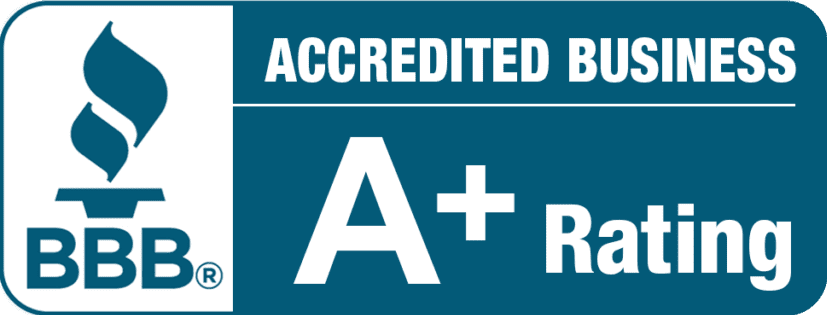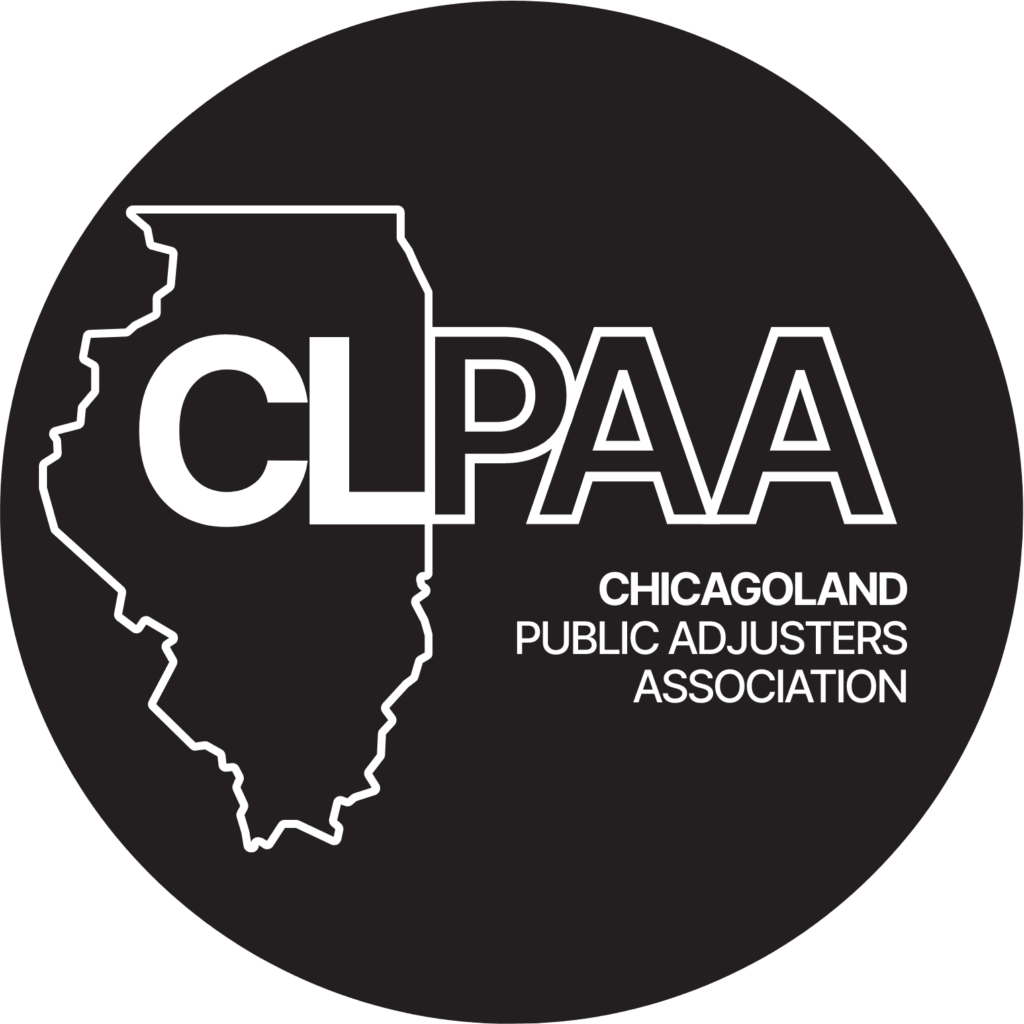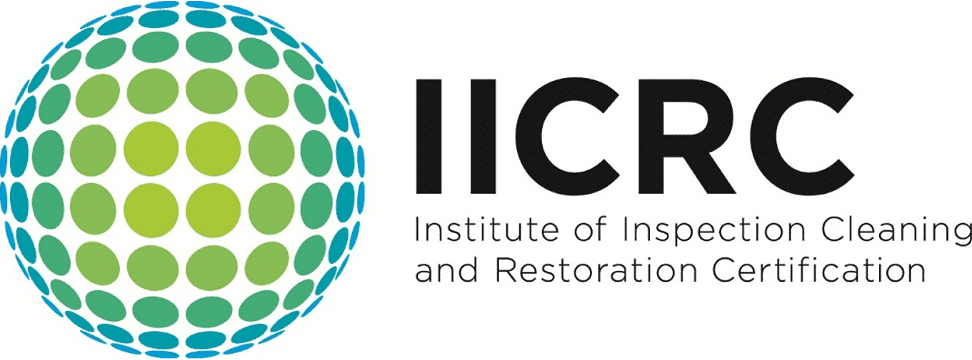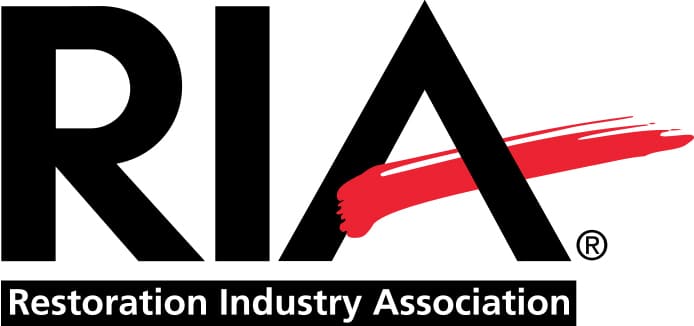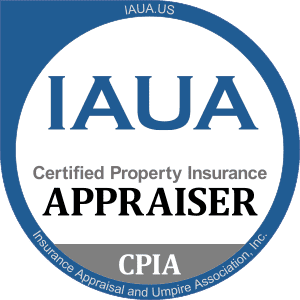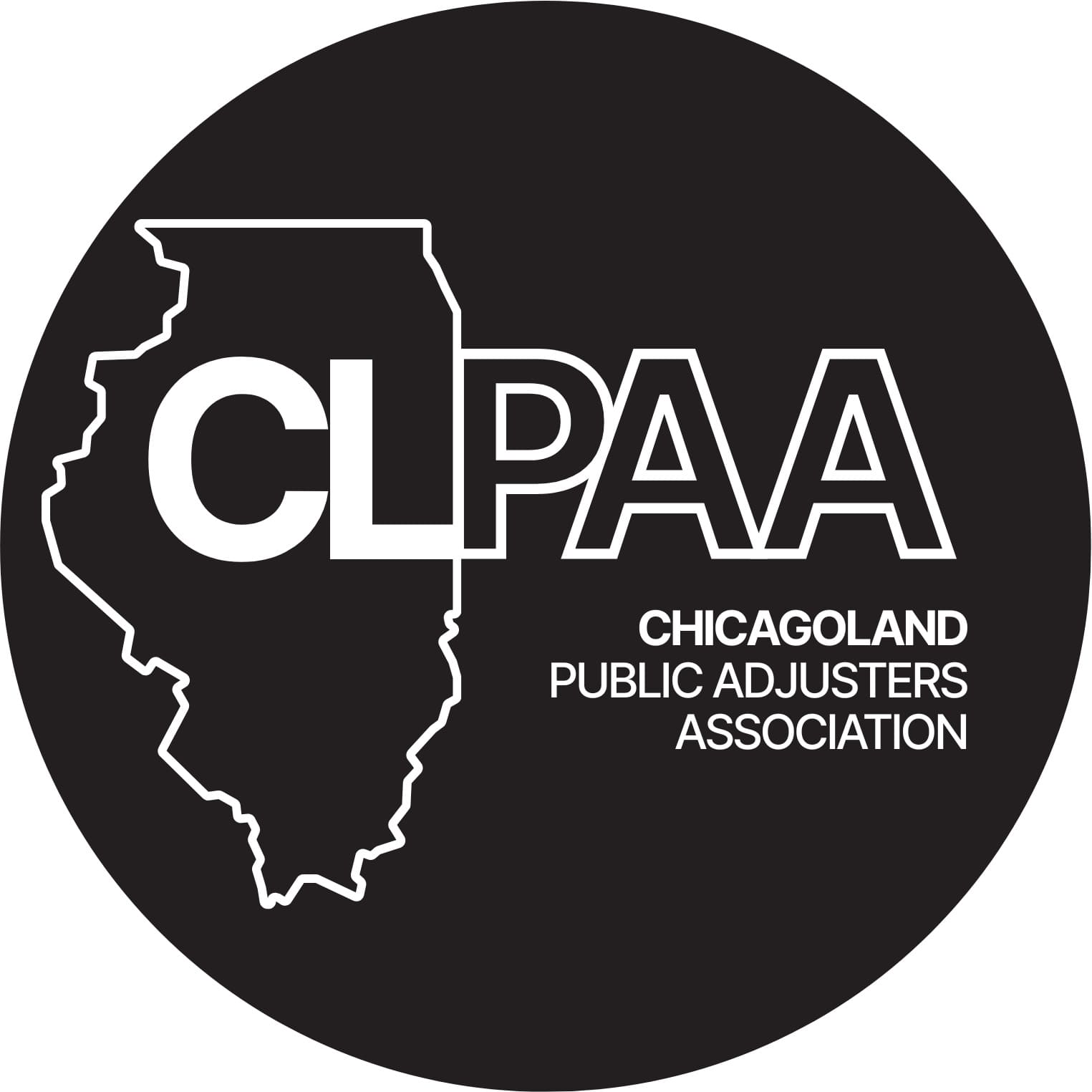
The insured submits the documents, files a public claims, and… silence. No calls, no emails. You do not understand what is happening: is the case stuck or are you simply being ignored?
This is not a coincidence. Delays, silence, and vague answers are part of a strategy insurance companies use to stall the process and minimize payouts. The longer you wait, the fewer chances there are to receive full compensation.
And this is where most people make a critical mistake — they keep waiting, hoping for fair play. But that is exactly what the insurance company hopes for.
What should you do? You must act — and act correctly, together with a licensed public loss adjuster. Below is a step-by-step plan from the On-Site Adjusting team on how to regain control of the situation and make the insurance company respond.
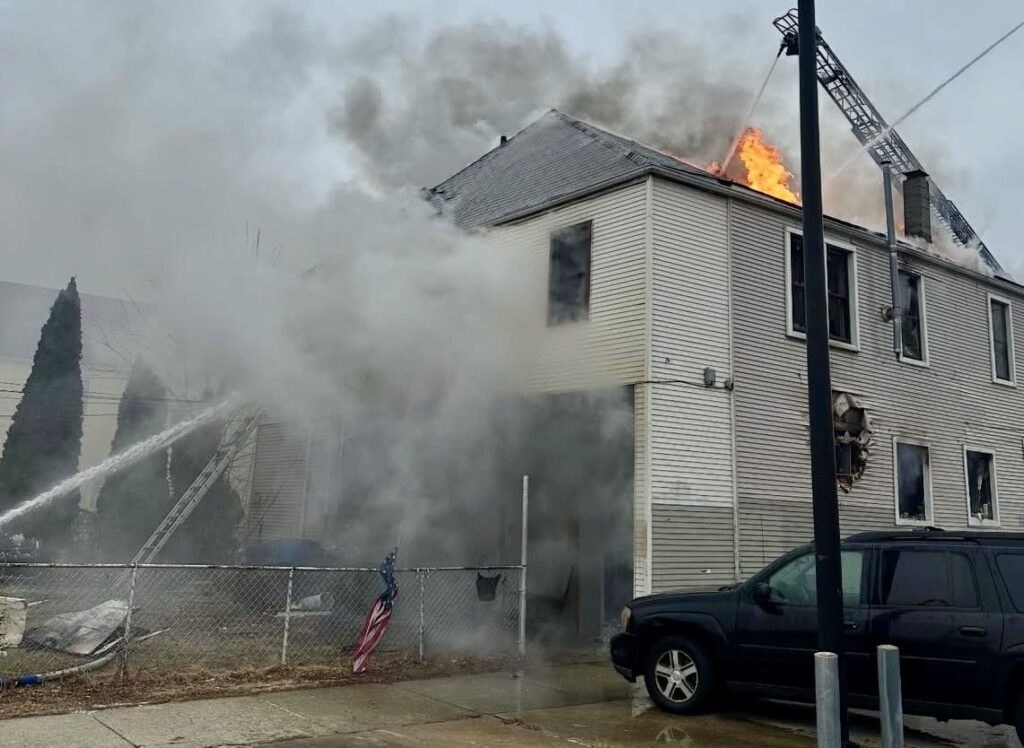
Step 1 — Be Persistent (But Professional)
When an insurance company stops responding, the first impulse is to write an emotional letter or call with complaints. But that can work against the insured. In public insurance adjusting, every word matters, and an aggressive or confrontational tone only makes things worse.
Instead, you should act strategically. First, leave a clear voicemail including:
- full name;
- claim number;
- date of submission;
- purpose of the call.
Next, send a short follow-up email with the same information. It will serve as a written summary of the voicemail.
Above all, you must remain calm and professional. The insurance company records all communications. Therefore, if the case escalates (whether through the involvement of a first-party claims attorney or by appealing to the regulatory authorities), these records will demonstrate that the insured acted properly.
Feeling stuck with your claim? You don’t have to fight alone.
Reach out to us — we will review your claim for free and help you understand your options
Step 2 — Try Multiple Contact Channels
If there is still no reply after the first attempt, you should not stop but try alternative contact methods.
| Channel | Note |
|---|---|
| SMS | A good option if there is a direct phone number of the adjuster. Many representatives respond faster to text messages than to calls or emails. |
| Send a follow-up email mentioning previous contact attempts. This creates a traceable communication chain that is hard to ignore. | |
| Phone call | Call the main claims department line to check whether the assigned adjuster is still available or if the case has been reassigned. |
It is important to log the date and time of each attempt, the communication channel (call, email, SMS), and the name of the person or manager spoken with. Why? Because every record serves as evidence of persistence and professionalism — while the insurer’s silence will show neglect.

Step 3 — Keep Everything in Writing
In insurance claim negotiation, both the content and the form matter. Anything said over the phone has no legal weight unless confirmed in writing. Many policyholders lose compensation because they rely too much on verbal promises.
So what should you do? Suppose the insurer agreed to cover repairing fire damaged homes. You should immediately send a confirmation email:“During our conversation on November 6, you stated that the expenses for […] would be covered. Please confirm this in writing.” Even short responses such as “received” or “under review” should be saved — they prove that the insurance company received the inquiry.
It is recommended to keep all correspondence, text messages, and attachments, ideally in a separate claim folder.
Step 4 — Escalate If Ignored
If multiple contact attempts bring no result, it is no longer a technical delay. It indicates that the insurance company is either uninterested in resolving the case promptly or deliberately stalling the process.
In this case, the insured should not give up but raise the communication level:
- Call and politely ask to speak with a department manager or claim supervisor.
- If it does not work, you should contact the insurance company’s hotline, bypassing their individual citizens adjuster.
- During the conversation, mention that several contact attempts have already been made and that a contact log is being maintained — this adds weight to the statement.
As a last resort, a complaint can be filed with the respective state’s Department of Insurance. This is the official authority overseeing insurance companies and investigating cases of stalling, neglect, or unfair behavior.
If there is still no response after that, the insured should clearly state: “I am considering involving local public adjusters who will represent my interests in this matter.” Often, even the mention of an independent representative changes the tone of the conversation.

Step 5 — Know When to Stop Chasing and Bring in a Public Claim Adjuster
If several weeks have passed without a clear response, it is time to stop. Not because the insured should give up, but because further waiting wastes time, energy, and potential money.
Public insurance adjusters from On-Site Adjusting are official representatives who:
- take over all communication with the insurance company;
- control deadlines, responses, and document flow;
- know how to escalate properly and which wording to avoid;
- can identify additional coverages that are often left unactivated.
For example, many clients are unaware they qualify for a loss of use claim — compensation for temporary housing, food, and transportation. Or that they may demand a full replacement of property if it cannot be repaired. Or that they must conduct a home contents inventory to avoid losing tens of thousands of dollars in “forgotten” items.
Stop Waiting, Start Moving Forward
Waiting is not a strategy. If days are wasted on calls, emails, and guesswork, there is no progress.
With a public adjuster, everything changes. The insured gets a representative who knows what to do, what to demand, and how to protect their interests.
Suffered Illinois water damage? Lost a home to fire? In this state, On-Site Adjusting team provides both public adjusting and restoration services under the same claim. In Wisconsin and California, we are not allowed to combine these services within one case. However, since the company maintains a trusted network of contractors, we can always recommend a reliable partner.
Ready to regain control of the claim? Call On-Site Adjusting at (866) 861-4992 or (866) 933-0404, or fill out the contact form.
READY TO GET YOUR PROPERTY BACK TO NORMAL?
Fill in this form, and we'll get back to you shortly
